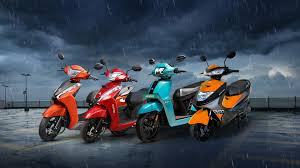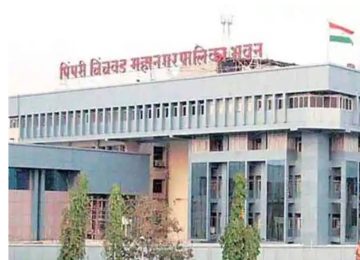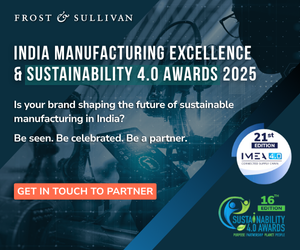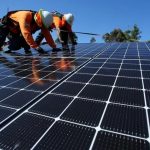The electric two-wheelers, or e2W, industry is expected to continue experiencing operating losses due to increased competition from established internal combustion engine, or ICE, players or legacy manufacturers.
However, competition is expected to boost industry volume growth to around 25% in fiscal 2025, driven by increased model availability and wider distribution network reach of legacy players. The cost-effectiveness of e2W compared to ICE variants is expected to boost growth despite reduced government incentives.
Legacy manufacturers can rely on strong cash flows from their ICE business, while pure electric vehicle makers will depend on incremental equity raises in the medium term.
In fiscal 2025, legacy manufacturers accounted for 80% of e2W sales volume, with their market share increasing to 45% due to strong brand image and distribution networks. Two more legacy manufacturers have announced e2W launches in fiscal 2026, which is expected to increase competition.
Two-pronged strategy for e2W growth:
The e2W industry is reducing prices to boost volumes, supported by two factors.
One, manufacturers are introducing more affordable models with smaller battery packs, narrowing the upfront cost differential with ICE vehicles to 5-10%.
Secondly, they have been passing a 20% reduction in battery prices in fiscal 2025 on to consumers.
As per Crisil Ratings, battery prices are expected to remain rangebound, supporting the industry cost structure. Production-linked incentive schemes will improve profitability as sales volume increases.
New vis-à-vis legacy e2W makers:
Competition is expected to significantly impact the growth of the overall industry volume and the adoption of e2Ws.
Pure e2W makers are expected to expand dealerships in the medium term, while legacy ones will use their pan-India networks to expand in under-penetrated states.
They currently have sufficient liquidity to support their operations, but if losses persist for more than a few years, they will need to raise additional equity.
Legacy manufacturers, despite experiencing healthy profitability for their ICE portfolio, are expected to cover losses in the e2W segment. Their revenue from the e2W segment is limited to 5-6%, so losses from this segment will not significantly impact their overall profitability, according to the Crisil analysts.
The factors mentioned are expected to increase consumer awareness and encourage the adoption of e2W, thereby boosting volume growth this fiscal.
Anand Kulkarni, Director, Crisil Ratings Ltd, said, “The intensifying competition and focus on capturing market share are seen stretching the break-even period of e2W players. Some players may take 2-3 years to reach EBITDA breakeven at the current industry growth rate. We estimate the average EBITDA loss per vehicle of pure e2W makers to be Rs 20,000-30,000 in fiscal 2025. While the industry’s operating losses have reduced over the years, achieving economies of scale remains critical for driving profitability.”
Nitin Bansal, Associate Director, Crisil Ratings Ltd, said, “Favourable total cost of ownership (TCO) will also drive industry growth over the medium term. The TCO is expected to be 15-20% lower for e2Ws compared with ICE variants this fiscal year, despite a halving of subsidies. The lower running cost of 15-20 paise per km for e2Ws, compared with Rs 2.0-2.25 per km for typical petrol variants, tilts the cost economics over the life of a vehicle towards the former.”
The road ahead:
The speed at which e2W manufacturers can rapidly increase volume, despite safety concerns, consumer awareness, and timely equity raises, will be closely monitored in the future.











